Value of Dead Trees
Do you know that a dead tree is a nursery for more than eighty birds in North America? Cavity-nesters include 10 species of owls, 7 ducks, 2 falcons, all 21 woodpeckers, and about 40 songbirds.
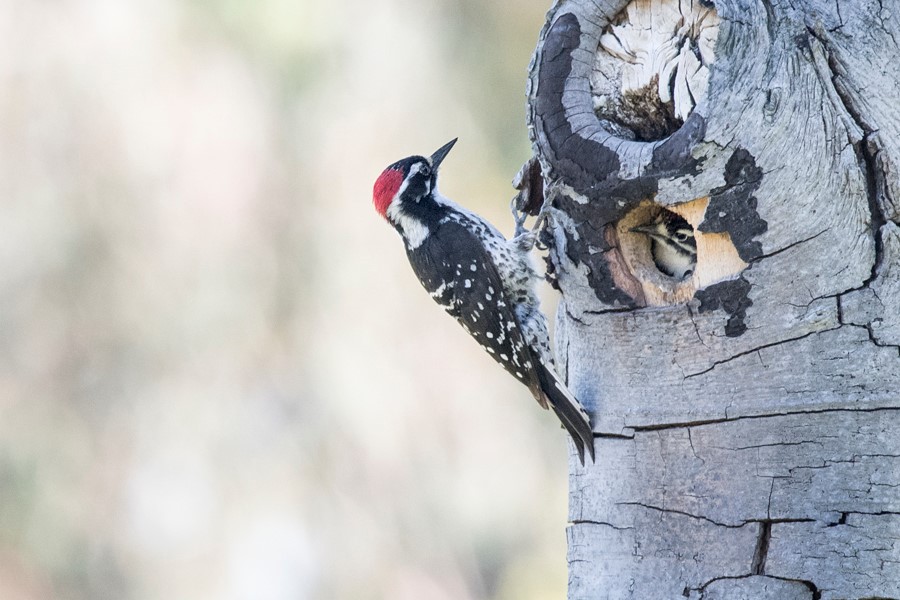
Some cavities form naturally, but many are made by woodpeckers whose anatomy is designed for clinging upright in trees and excavating in wood. Woodpeckers create cavities both for nesting and roosting. Many excavate all year therefore this family of birds is a vital presence in some ecosystems and a critical component for other natural processes that keep habitats healthy and in balance. Apart from providing a place for birds to nest, cavities also protect birds from predators and offer shelter from the elements.
But a dead tree is much, much more than a nursery.
Have you observed its usefulness to birds in other ways? Thanks to our wildlife photographer partners, now you too can see a dead tree for all its untold virtue.
This Hairy Woodpecker, like other insectivorous birds has found a juicy grub and will likely return for more. Other insect-eating neighbors often benefit from the insect nests exposed by woodpeckers.
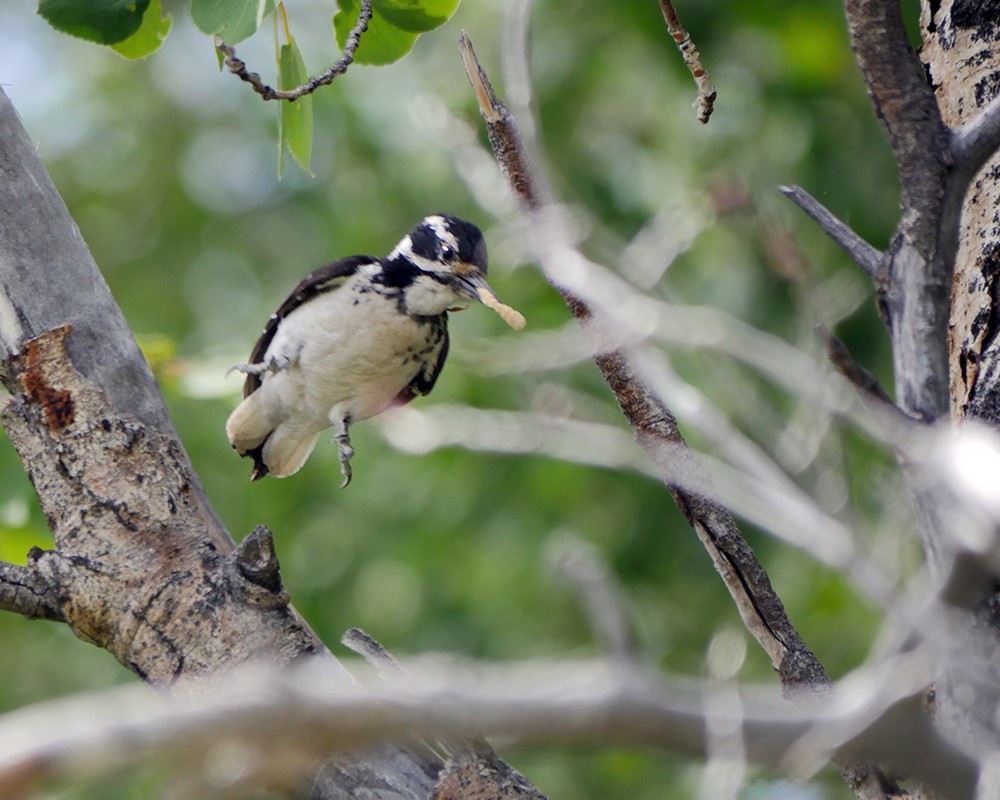
They’re not competitors, and not exactly friends, but this Osprey and Peregrine Falcon agree on one thing. A tree with an unobstructed view gives them an edge in hunting.
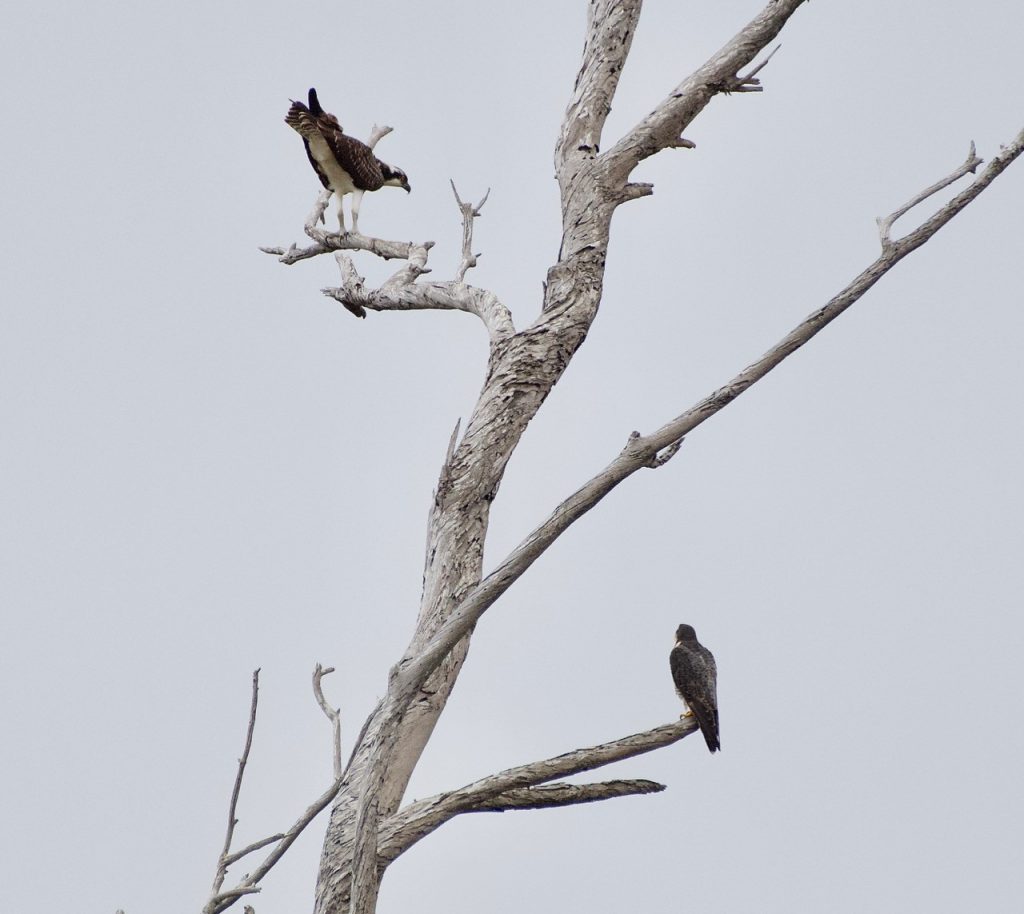
When you’ve evolved to breed and travel in colonies a preferred convention site is one that accommodates everyone and keeps them in view. Individuals can then track and learn from the foraging success of others.
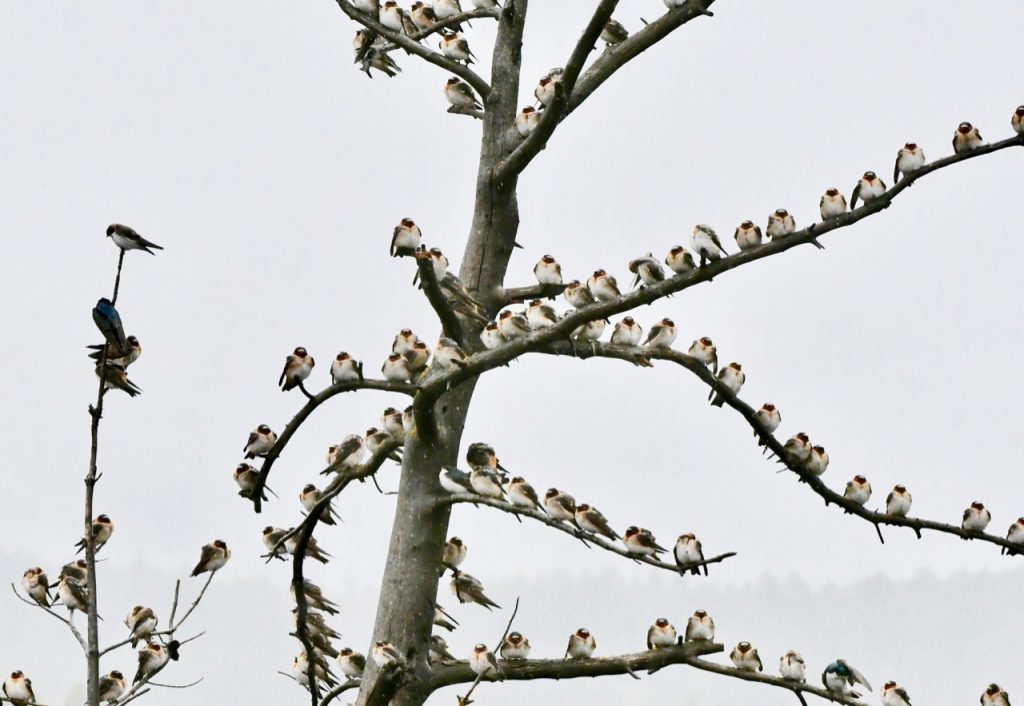
A resting perch with a view over a river serves as a dual purpose for the Belted Kingfisher—a dining table. While enjoying his meal, he can maintain surveillance so he too, doesn’t become someone’s lunch.
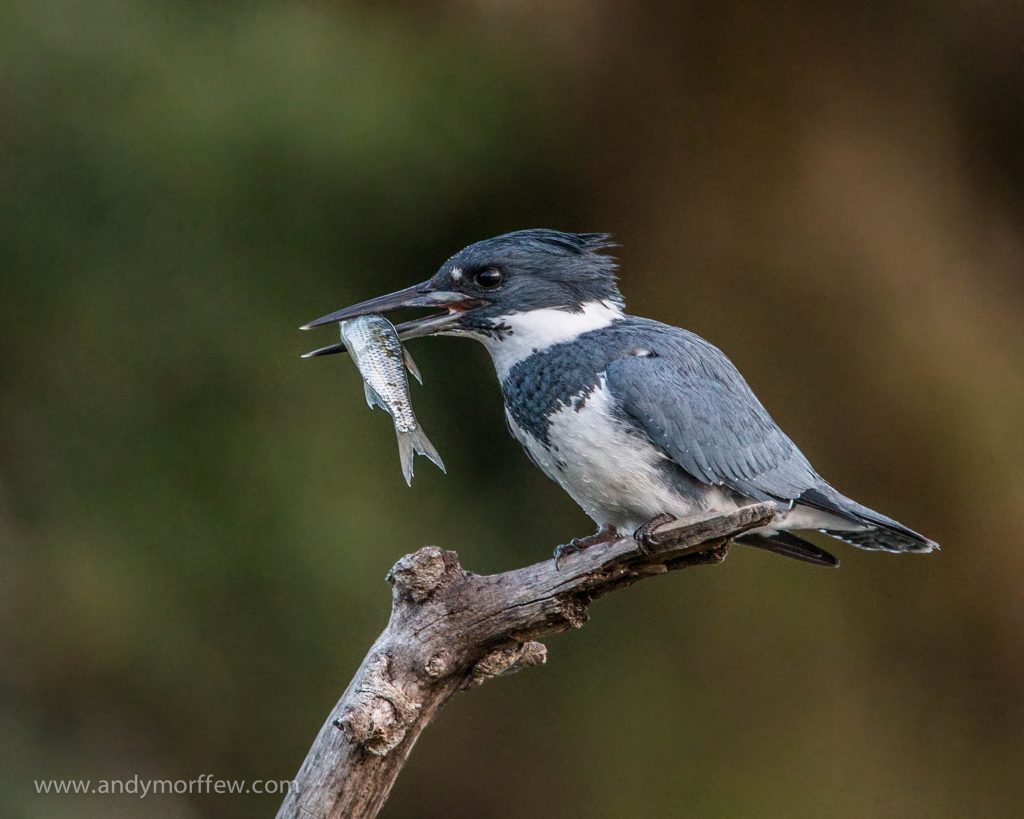
Think about this. How detectable are you if you look like wood?! Perhaps the owl chose this doorway in a dead tree so it could sleep more soundly!
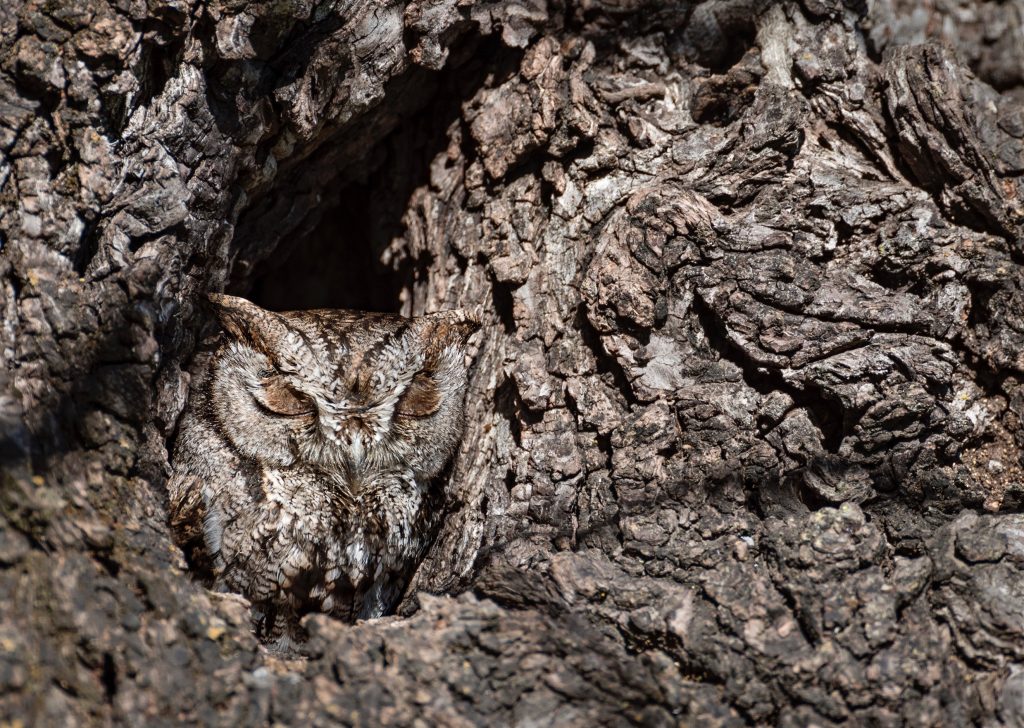
By choosing this tree, these vultures praise it for is high, elbow-wide spaces. So do deep diving birds like cormorants who have water-absorbing feathers. Why? It is here these sun worshippers can warm and dry their wing to make them better flyers.
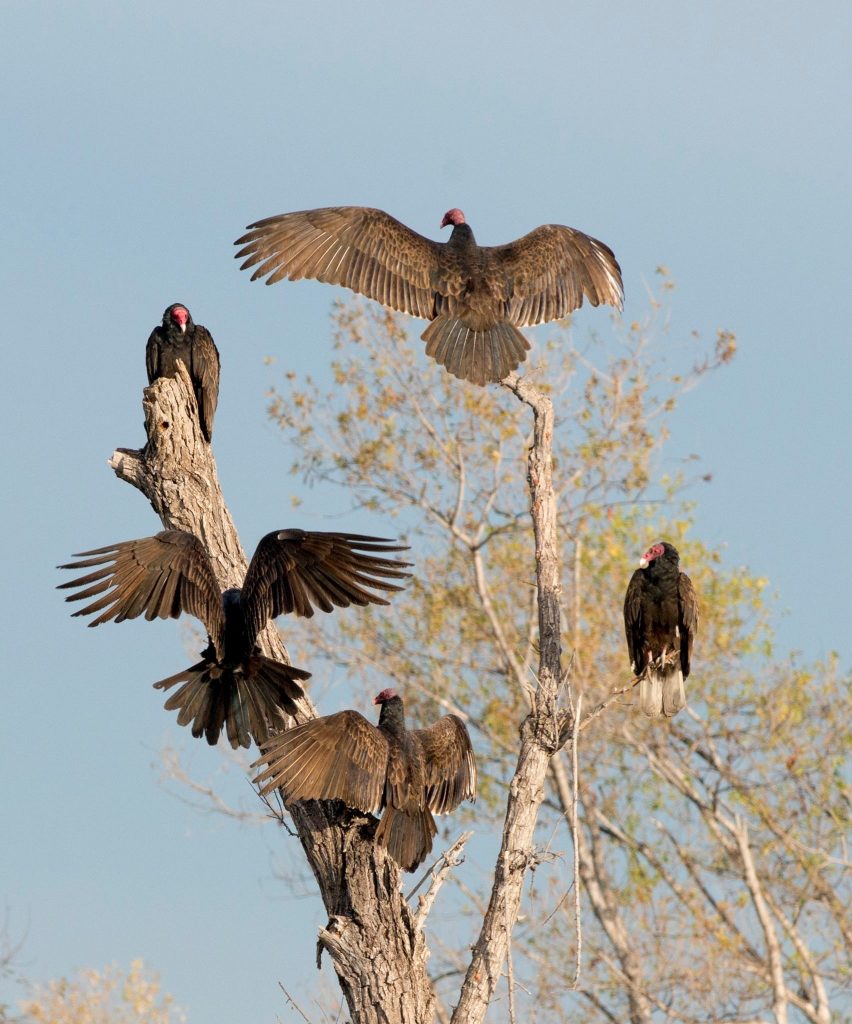
To lure the lady nearby, the best advertising post is one with no leaves. The Western Meadowlark knows he can be seen from all directions the moment he unfurls his heart in song.
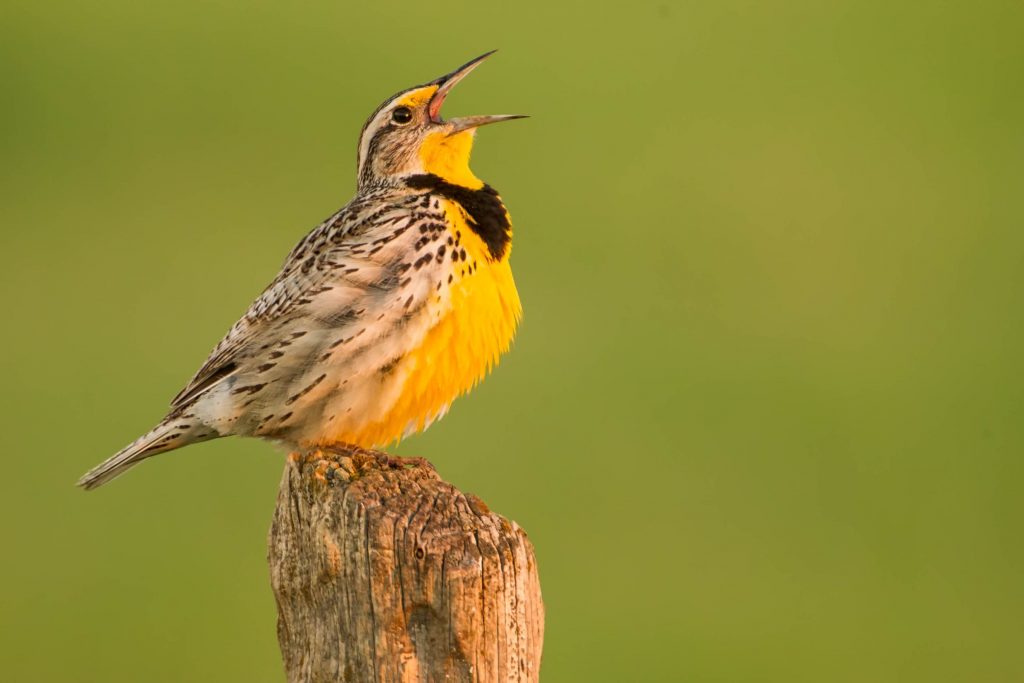
It takes numerous small snacks to make a meal. The Downy Woodpecker, like many other insectivorous birds know that foraging in a dead tree is a good strategy. Humans have a term for this—‘economy of effort.’
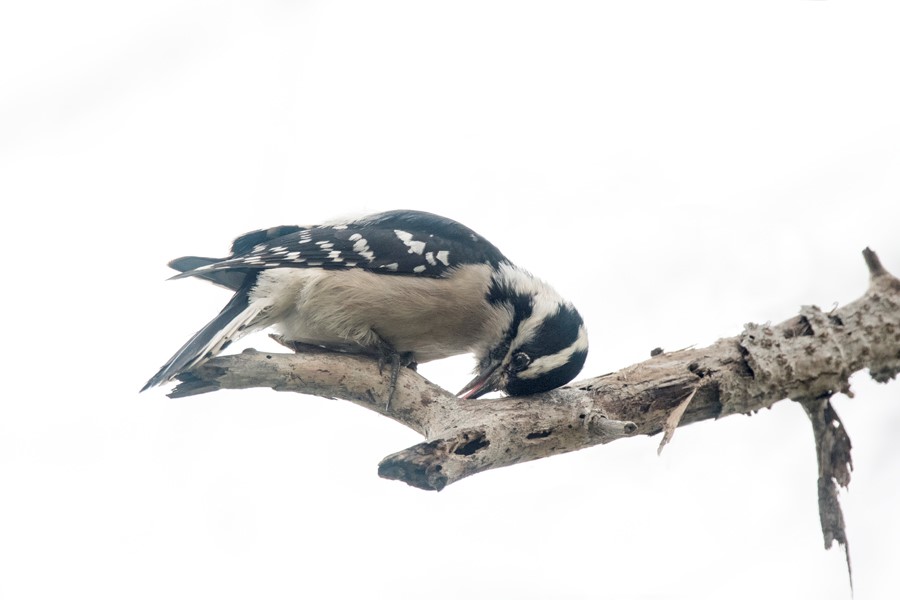
When decay shapes wood into saucers and grooves a bird recognizes a handy anvil—just the kitchen tool it needs for crushing seeds and the exoskeleton of its victims. It also doubles as a place to store them!
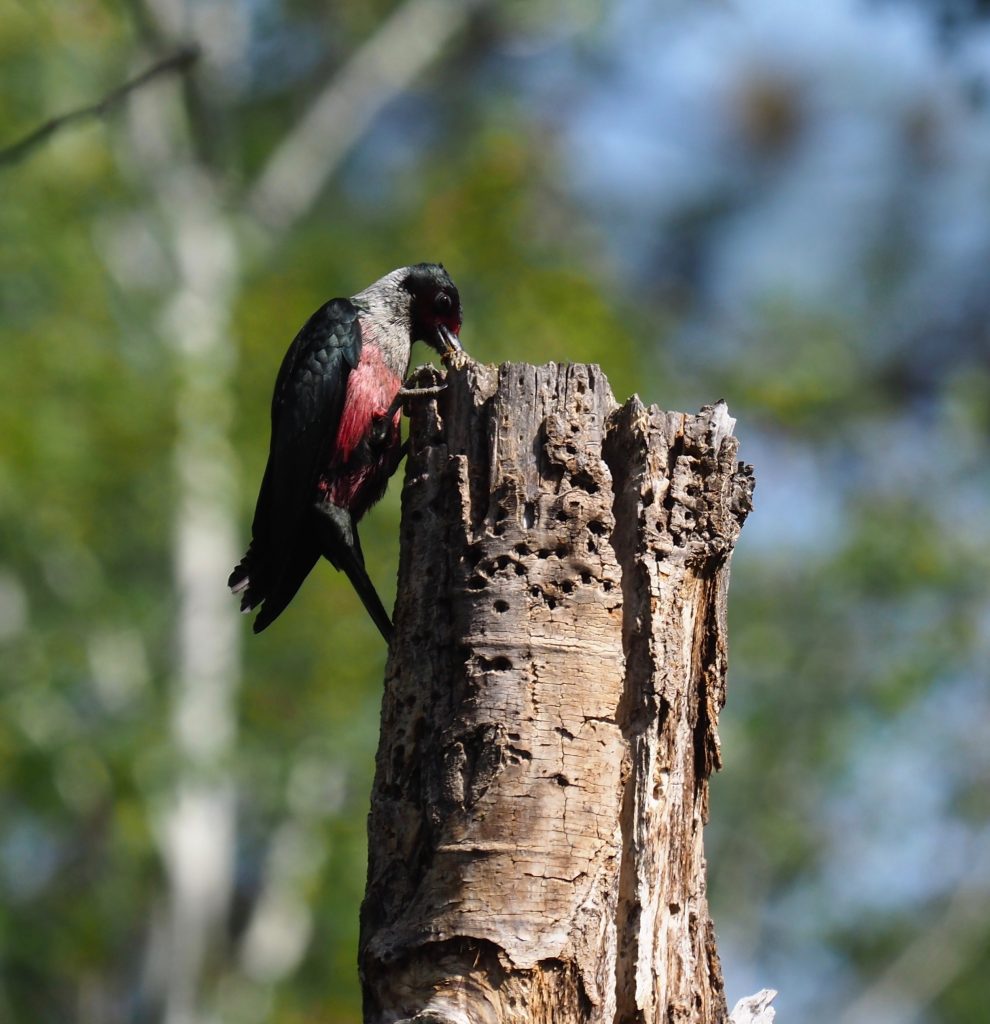
A bird needs to wipe, clean and shape its bill. When it’s time, a dead limb is a napkin, scrub brush and file. But that’s not all. It’s a substrate for spreading scented preen-oil to lure a mate.
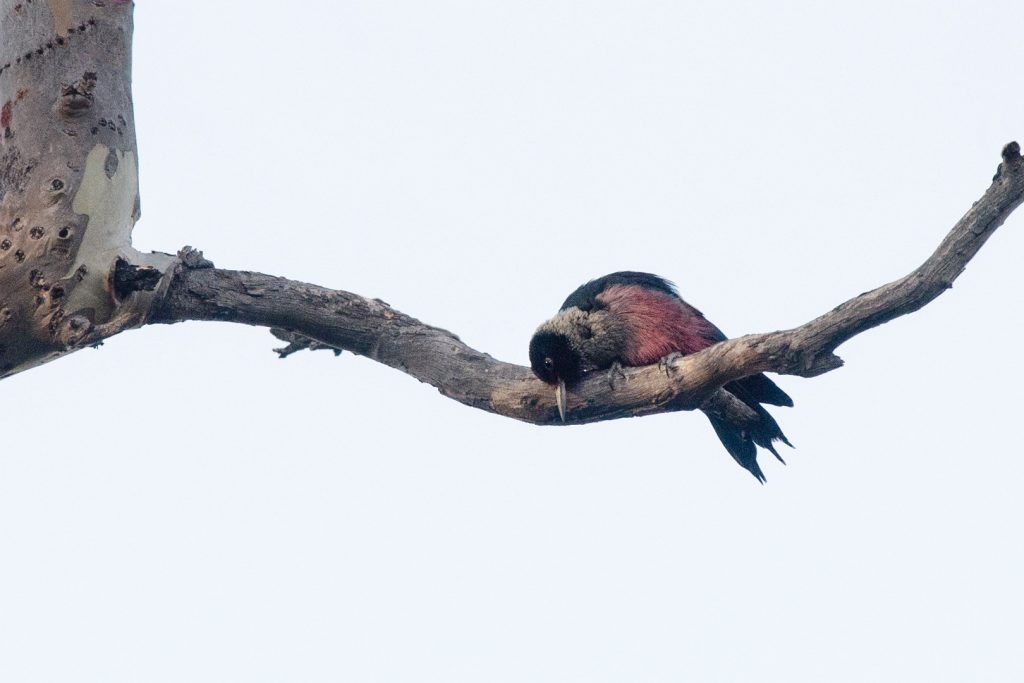
Whether birds take a wet or dry bath, yoga positions seem part of the routine. Wings, necks, and legs need ample room to lift and stretch so birds can clean every nook and cranny and keep their feathers flight-ready.
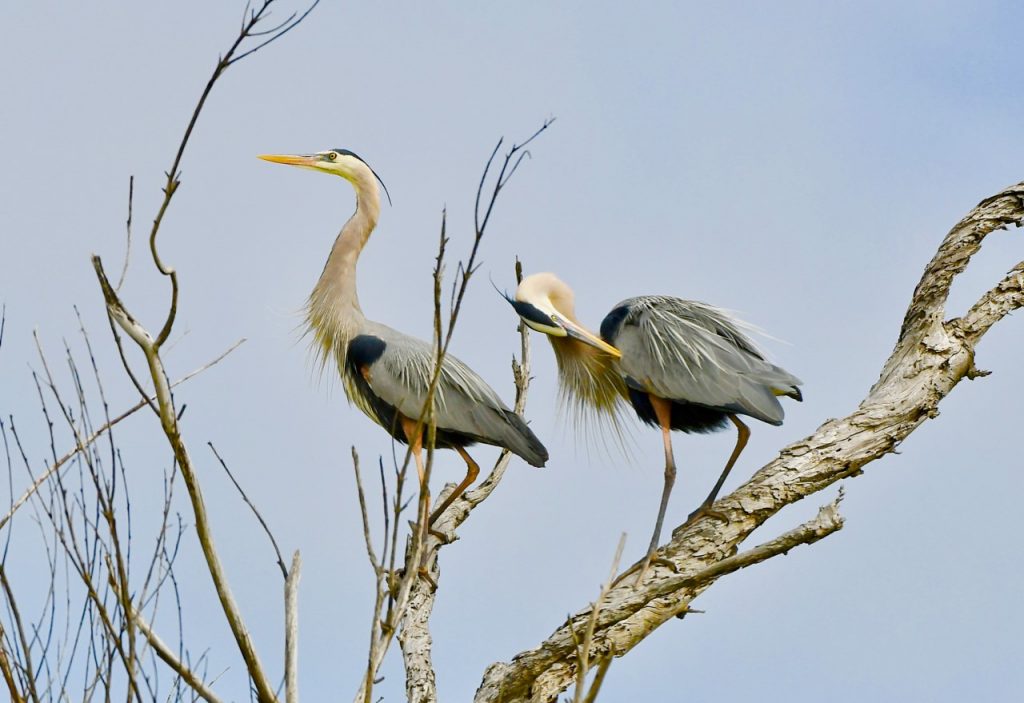
No tax deductions apply in nature. A dead tree freely donates all its remains to its wildlife community. Specific residents above and below ground are designed for different jobs: to dismantle, re-purpose or convert its nutrients to humus.
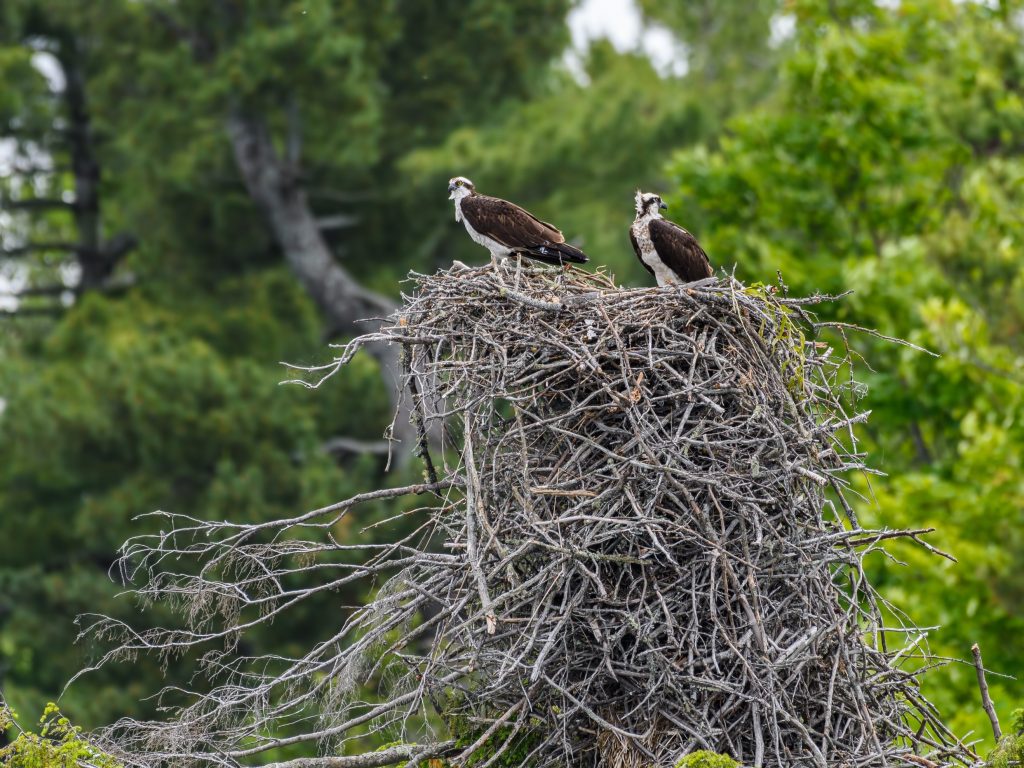
If a stream or a lake is its final resting place, a prostrate tree offers a couple of benefits. It’s a dry spot to nap when your tummy is full, and you can cuddle with mom at the same time.
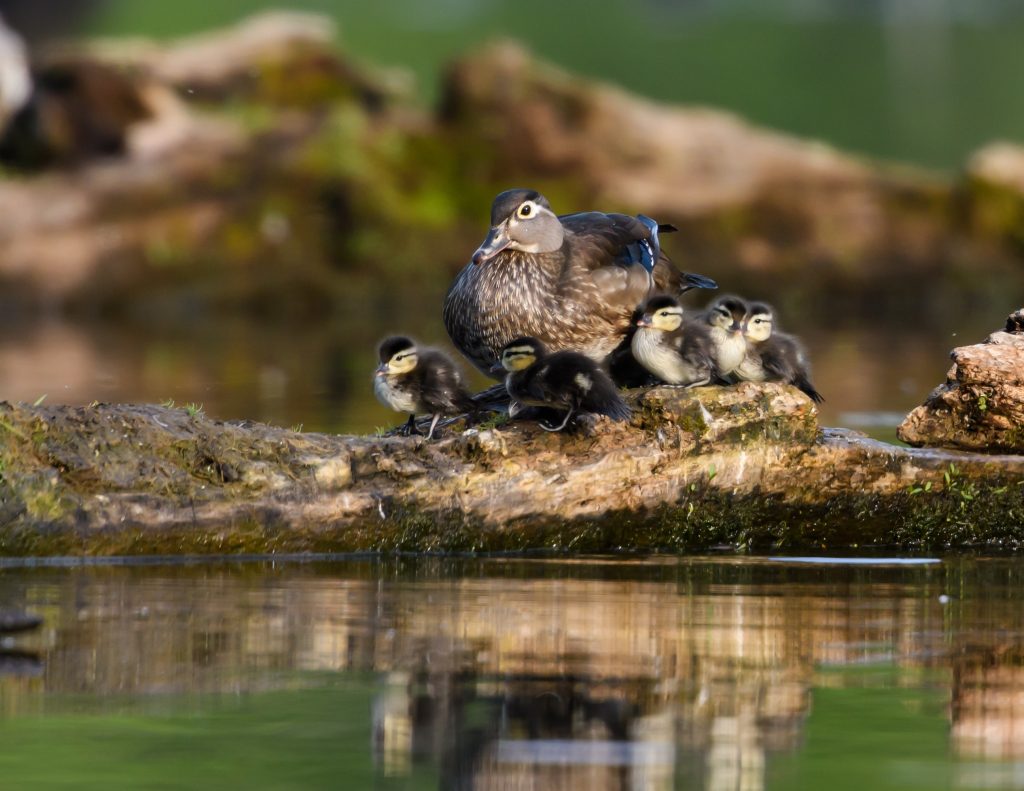
Though the grasshopper and field mouse wish the American Kestrel no hunting advantages beyond what he already possesses, this handsome falcon shows why even the last remnants of a tree stump is better than removing it completely.
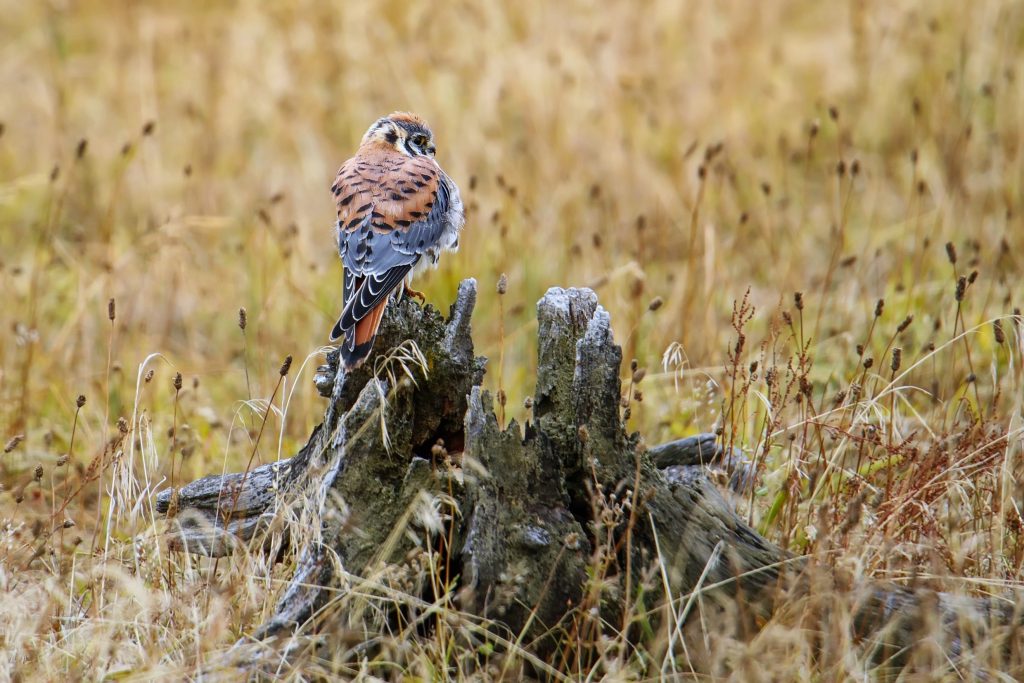
What’s true of us as we age also applies to trees. Beauty becomes less about appearance and more about the intrinsic value we retain. For safety and other reasons many of us have to leave our home, but like old trees, sometimes we just need a little extra care to remain.
Perhaps you have an advance directive for your health care provider? Well, we have something like that for a dying tree—a decision guide. Please consider it before you cut a tree down and haul it away completely.


Connect
Connect with us on the following social media platforms.